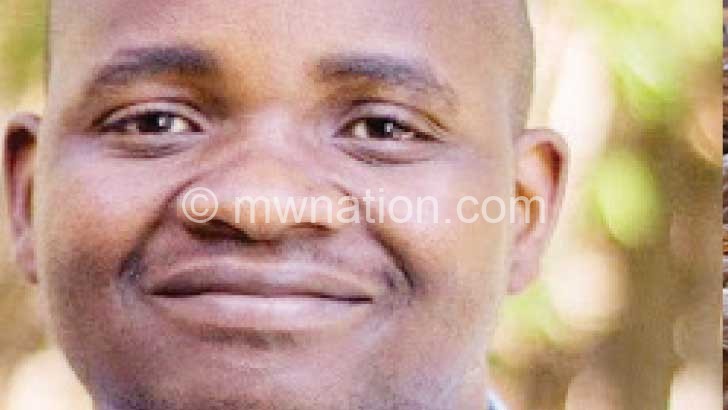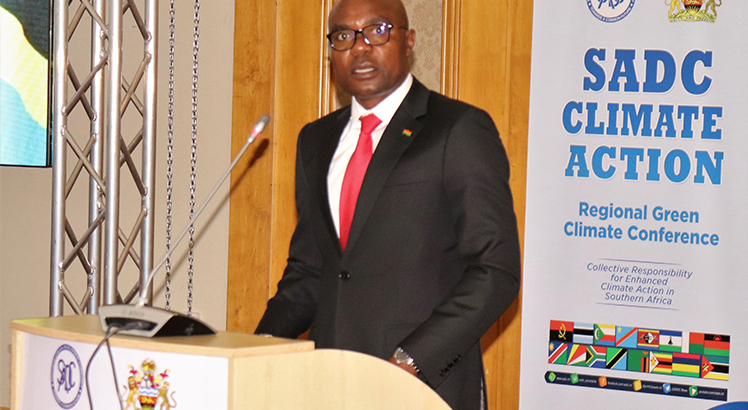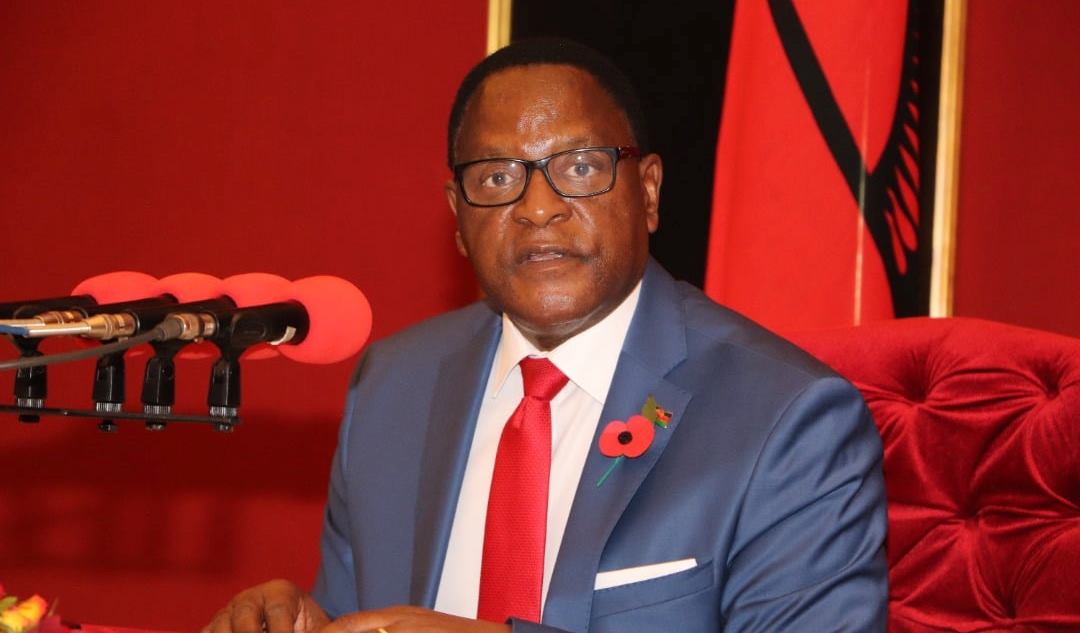‘We failed our children by closing schools’
President Lazarus McCarthy Chakwera has announced that government intends to re-open schools early September. The announcement has been received with mixed reaction with some arguing the move will increase the spread of Covid-19. In this interview, staff writer MOSES MICHAEL-PHIRI engaged DR. TITUS DIVALA an epidemiologist and medical doctor at College of Medicine to give insight on what needs to be done for an ‘out of harm’s’ way re-opening.

Q
What are the threats if we re-open?
A
There are concerns relating to the increase in cases, but I have always wondered how much threat that would add beyond our current environment where no one is adhering to any measures and life is continuing as normal. Essentially reopening schools means having large gatherings, daily and nationwide: the very fuel Covid-19 needs to spread.
So, the top threat, as seen across the world, is emergence of school outbreaks. While most learners, being aged 25 years and below, have a substantially reduced risk of developing Covid-19 severe disease or death, it is their families and surrounding communities who would be of concern.
The second threat is that the health system would, because of increasing cases of severe disease, get overwhelmed and fail to efficiently deliver both Covid-19 and non-Covid-19 services, leading to unnecessary and avoidable life loss.
QSo in that case do you think it is now safe to reopen schools?
A
If you remember in our conversation since May, I have always been advocating that reopening be informed by a balance in favour of lower public harm and higher benefits. Ideally, this means that we first needed to see a sustained downward trend of any of cases, severe disease, or deaths from consistently collected and representative-enough data.
At the moment, you will notice that the national data is showing some downward trend for deaths. While that is a good sign, it is unlikely to confidently represent Malawi as a whole: the data collection is not systematic enough and does not cover the nation as well as it should, my fear is that this data is mainly displaying the urban picture and missing the rural. This, I must say, is not uncommon for routinely collected data. When faced with such a concern, governments often invest in surveys, I know that there are several in the pipeline and hope that these will deploy soon. Key information for decision making in such surveys would be: what proportion of the population has had or has the infection, severe disease, or lost their lives.
QBut should we wait for the surveys to conclude before schools reopen?
A
I agree, we cannot wait for too long because prolonged closure of schools threatens the educational gains our country has made in recent decades, may cause unprecedented developmental delay for children, untimely pregnancies, permanent school dropouts, job losses for teachers, business closures for school owners and economic losses for the country.
In other words, we can safely say that the public health intervention is seriously encroaching the welfare of not just our children, but also our future as a country, jobs and the economy, hence calling for serious risk-benefit analyses based on all we have at hand and now.
QSo what kind of considerations do you think authorities should have in mind?
A
There are two important factors that we can use at this point, the first and perhaps the most important basis being that it is increasingly becoming clear that Covid-19 in Africa will not be disastrous. We speculated this since May, but thanks to excellent surveys in Malawi [College of Medicine and Malawi Liverpool Wellcome Trust], Kenya and Mozambique which showed that Covid-19 has spread really widely in these countries, but has not killed as many people as expected.
A look at deaths that had been documented by the time of the surveys, revealed a far smaller number for the same stage of the epidemic in China and Europe. If authorities could quickly investigate and confirm this locally, that would quickly inform a lot of our decision-making as we strive towards achieving a safe coexistence with the virus.
The second factor lies in the net public health benefit of our school closure. I have always asked myself, what have we really gained from keeping learners away from schools in the fast five solid months when we failed to implement any complementary measures in all other crowd pulling activities?
Since we closed schools, we have had massive political events, large gatherings in markets, churches and cultural events too remained unregulated, and we have failed to even get everyone to wear masks. School closure, without accompanying seriousness on containment measures does not just equal to injustice for learners, teachers, and all who benefit from the education sector, it also means loss of the expected public health benefit.
QWhat do you think should be done for safe re-opening?
A
In an ideal environment, where public health measures are being taken seriously, the goal would be to make schools and outbreak-proof as possible. This is achieved by ensuring that each learner and teacher has a face mask, and employing physical distancing, hygiene and disease surveillance measures including: learners should always sit ≥1m apart, having hand wash stations on class entrance, disinfecting classrooms before use, reducing contact hours, encouraging open space teaching, and bringing capacity for timely case detection, quarantine, isolation and linkage to local health system.
Complementary steps include giving detailed Covid-19 training to staff, having a designated health officer to ensure full implementation of measures, and ensuring that disease transmission in surrounding communities is low: by adequately engaging and empowering local leaders.
QIs there a specific model that government must follow for safe re-open?
A
To ensure smooth implementation of the proposed public health measures, allow adequate learner and staff learning of the new normal, and monitoring of implementation, I would start with just having staff for the first week and introduce a few classes gradually up to full capacity over a couple of weeks.
Q
Do you have any last words?
A
Considering that it will be with us for long, it is now time to coexist with Covid-19. However, I would strongly encourage the government and fellow citizens to ensure that we have a planned rather than a fate-driven coexistence. Planned coexistence will allow us to save as many lives as possible, while fate-driven one will mean that Covid-19 will succeed in killing all it can and leaving those it cannot. n





